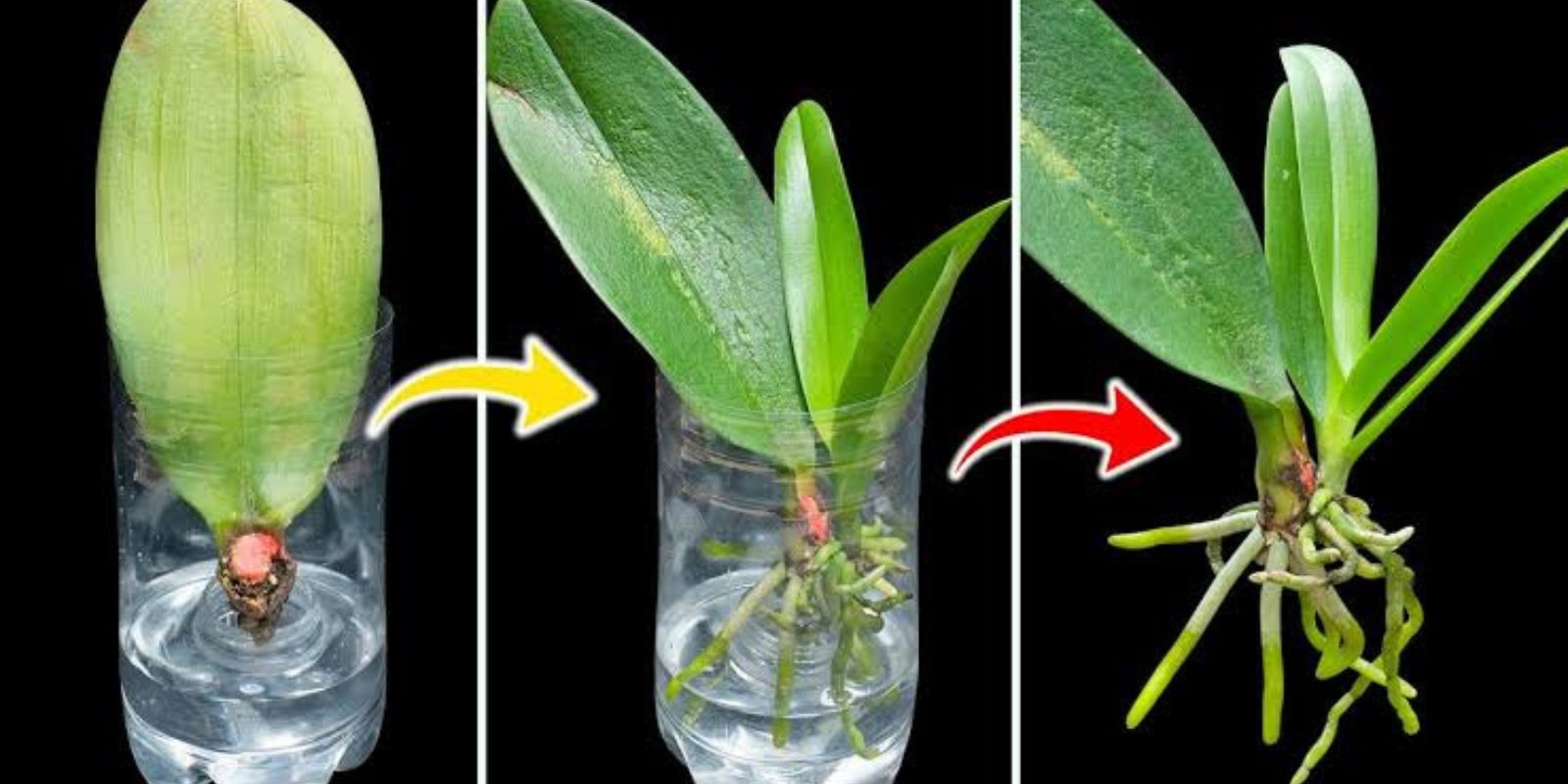Orchids are among the most stunning and sought-after houseplants, adored for their exotic beauty and elegance. While these plants are often propagated through keikis (baby plants) or division, some gardeners are curious about propagating orchids from leaves. While this method is less reliable, understanding orchid propagation techniques can open the door to creating more of these beautiful plants.
This guide delves into the myths and realities of propagating orchids from a leaf, provides step-by-step instructions for alternative propagation methods, and shares essential care tips to ensure your orchids thrive.
Can You Really Propagate Orchids from a Leaf?
The idea of growing an orchid from a single leaf is intriguing, but it’s important to approach this with caution. Unlike succulents or certain plants that easily propagate from leaves, orchids lack the biological mechanisms to grow roots from just a leaf. However, if the leaf includes a basal node or keiki growth, there’s a slim chance of success.
For reliable results, it’s better to use traditional methods like keikis or pseudobulb division. That said, here’s a guide to attempt leaf propagation along with proven alternatives for orchid propagation.
How to Attempt Orchid Leaf Propagation
Materials Needed:
- Healthy orchid plant
- Sterilized pruning shears
- Rooting hormone (optional)
- Transparent pot or container
- Sterilized sphagnum moss or orchid bark
- Plastic bag or humidity dome
Step-by-Step Instructions:
- Select a Healthy Leaf:
Choose a robust, healthy leaf with its basal part intact. The presence of a node increases the chances of rooting. - Prepare the Medium:
Use sterilized sphagnum moss or a mix of moss and perlite. This medium retains moisture while allowing airflow, essential for orchid growth. - Apply Rooting Hormone:
Dip the basal part of the leaf in a rooting hormone to stimulate root development. - Plant the Leaf:
Insert the basal part of the leaf into the prepared medium. Avoid burying it too deeply—just enough to stabilize it. - Maintain Humidity:
Cover the container with a plastic bag or humidity dome to mimic a greenhouse effect. Keep the setup in bright, indirect sunlight. - Monitor and Wait:
Mist the medium regularly to keep it moist but not soggy. Be patient, as rooting may take weeks or even months.
Note: Success rates for this method are extremely low. For better results, try propagation using keikis or pseudobulbs, which are the plant’s natural mechanisms for reproduction.
Proven Methods for Propagating Orchids
1. Keiki Propagation
Keikis are small offshoots that grow on orchid spikes. They are genetically identical to the parent plant and are the easiest way to propagate orchids.
Steps:
- Wait until the keiki develops roots at least 2 inches long.
- Gently detach the keiki using sterilized shears.
- Plant it in a pot with orchid bark.
- Maintain humidity and provide bright, indirect light.
2. Division
For sympodial orchids (like Cattleya and Dendrobium), division is a straightforward method.
Steps:
- Remove the orchid from its pot and gently separate the pseudobulbs.
- Ensure each division has at least three healthy pseudobulbs and roots.
- Plant each division in its own pot with a fresh orchid medium.
Orchid Propagation Care Tips
- Light: Orchids need bright, indirect light. Too much direct sunlight can scorch the leaves.
- Humidity: Maintain a humidity level of 50–70% around your orchids. Use a humidity tray or misting to achieve this.
- Watering: Water orchids only when the medium is dry to the touch. Avoid waterlogging, which can lead to root rot.
- Temperature: Orchids thrive in temperatures between 65–80°F. Avoid exposing them to drafts or sudden temperature changes.
- Fertilizing: Use a balanced orchid fertilizer weekly, diluted to half-strength, during the growing season.
Common Mistakes to Avoid
- Overwatering: Orchids are prone to root rot if left in waterlogged conditions. Ensure proper drainage.
- Using Soil: Regular garden soil is too dense for orchids. Always use specialized orchid bark or sphagnum moss.
- Ignoring Pests: Keep an eye out for pests like mealybugs and scale insects, which can harm your orchids.
Why Propagate Orchids?
Propagating orchids not only helps you multiply your collection but also gives you an opportunity to gift these stunning plants to friends and family. With patience and care, you can enjoy the satisfaction of nurturing a new orchid from its earliest stages.
Engage with Us!
Have you ever tried propagating orchids? Share your experiences or tips in the comments! Let’s grow and learn together. 🌱
#OrchidPropagation #GardeningTips #GrowWithUs #OrchidCare #IndoorPlants #GreenThumbGoals #PlantPropagation

